The community voted for yoghurt
The AFK community were asked what product they would like to have reviewed next. There were a few close contenders, but yoghurt took the lead. The most popular yoghurts were voted for. These are the yoghurts that form the basis of this review.
I have included a few extra yoghurts. These are yoghurts that I am aware of that rank well. I have done this to illustrate the differences across yoghurts.
I have kept this yoghurt very simple, looking only at ‘plain’ yoghurts. It is amazing how many yoghurts there are when looking at the plain versions. The analysis becomes a lot more complicated the minute we start looking into different flavours.
I generally recommend to stick to the plain yoghurts and top them with delicious fresh fruit and amazing wholefood ingredients instead.
I know that many of you consider sweetened vs unsweetened, so I have made sure to include both options for you, so that you can make an informed decision.
Let’s get to the additive free review
It blows my mind every time I undertake a review. There is a lot of work that goes behind the analysis. I thought that by keeping the review to favourite brands and reviewing only plain flavours, it would keep the review small. There were over 70 different ingredients used across the 45+ yoghurts that I reviewed! Imagine how many ingredients there would have been if I had looked at fruit flavoured yoghurts!
No wonder people are so confused and don’t know which options to choose!!
Please note: this is NOT an exhaustive list of yoghurts. The brands that were voted most popular by the AFK community have been reviewed.
What ingredients should you find in your yoghurt?
Yoghurt has a long history and an interesting one too!
Yoghurt is believed to have been discovered by Central Asian herdsman. They stored their extra goat’s milk into containers that were made out of animal stomachs to preserve whilst travelling. They realised that the milk became thick and tart and still edible despite long times in the hot sun.
Yoghurt was always made at home up until 1919.
It wasn’t until 1905 when a Bulgarian microbiologist discovered Lactobacillus balgaricus (the bacteria strain that ferments milk into yoghurt). After this was discovered, yoghurt became commercialised in Barcelona, Spain in 1919.
Moving on to today, Food Standards Australia New Zealand (FSANZ) defines yoghurt to mean:
“A fermented milk where the fermentation has been carried out with lactic acid producing microorganisms.”
A fermented milk is defined as:
“A food obtained by fermentation of milk or products derived from milk, where the fermentation involves the action of microorganisms and results in coagulation and a reduction in ph”
We now see a variety of different microorganisms used in our yoghurts and “media” that they are grown on. More on this a little later.
So we know, in the beginning, yoghurt was simply milk and microorganisms.
Your typical ingredients that you will find in your yoghurt should include:
Milk
Cultures (microorganisms)
What ingredients do we now find in yoghurts?
I will take you through each category of ingredients, so that you get an idea of the range.
Milk and cream
Biodynamic / organic pasteurised milk
Organic milk
Jersey cow milk
Pasteurised whole milk
Skim milk
Organic cream
Cream
I understand that some people have allergies and intolerances to dairy – either to the proteins or sensitive to lactose.. That is why I have included non dairy options too (see below).
It appears that there are a lot of people that choose low fat yoghurt or fat free yoghurt. I think many people don’t realise that by choosing fat free or low fat that they may be reducing the amazing benefits that come from yoghurt. Not to mention there is a big difference in taste!
People tend to think that by consuming low fat or fat free yoghurt they are less likely to become obese than people who eat full fat options.
A Swedish study says that consumption of full fat dairy product is correlated with a lower risk of developing central obesity. Central obesity being excessive weight gain around the abdomen. A meta analysis of 16 studies in the European Journal of Nutrition echoes the weight-gain link.
US nutritionist Walter Willett of Harvard School of Public Health comments on the debate:
“The idea that all fats are bad still persists in the minds of many people, despite layers of evidence that this is not true. If anything, low fat/high carbohydrate diets seem to be related to greater long-term weight gain.”
Walter Willett’s theory on why obesity risk might be higher for those consuming low – fat dairy products:
“One likely explanation is that the full-fat version provides more satiety, but it is also possible that some of the fatty acids in milk products have an additional effect on weight regulation. Also, unfortunately, in many low fat dairy products the fat is replaced by sugar, and these will almost certainly induce more weight gain than the full fat versions.”
This is a complex area….but something worth considering and investigating further depending on your reasons for choosing low fat / fat free.
I think it is also important to consider that milk contains water soluble and fat soluble vitamins. Fat soluble vitamins are a type of vitamin that is absorbed into the body through fatty tissue. Fat soluble vitamins absorb best when taken with higher fat foods.
There are 4 types of fat soluble vitamins:
– Vitamin A
– Vitamin D
– Vitamin E
– Vitamin K
“Milk contains the fat soluble vitamins A, D, E, and K. The content level of fat soluble vitamins in dairy products depends on the fat content of the product”. Your body is actually likely to absorb less nutrients without the fat that accompanies the milk.
Food for thought…..
Plant milks
In the selected vegan yoghurts, I saw the following used as the base for the yoghurt:
Coconut
Coconut milk
Almonds
Coconut water
Cultures
In a lot of the yoghurts I reviewed, I found only “live cultures”, “probiotics” listed in the ingredients. I presume this is because the individual strains are very long names and it can be hard to fit on product labels.
I will say that every manufacturer that I spoke to, they were more than willing to provide which strains were included in their yoghurt. I wanted to make sure that they were all the cultures (and nothing else hidden) in the catch all ‘live cultures”.
Not all manufacturers have replied at this stage. I have waited longer than usual for responses. It is a busy time of year, I will update the findings if I hear back subsequently and the info impacts my ratings.
The types of live cultures and probiotics that were included in the yoghurts:
Probiotics acidophilus
Lactobacillus Acidophilus
Synbio – Lactobacillus.
Lactobacillus Casei L. Bulgaricus
Rhamnosus
Paracasei
Probiotics bifidus
Bifidobacterium
S. Thermophilus
I am not going to attempt to discuss the benefits and advantages of these strains. I recommend having a chat to your naturopath about which strains would be most beneficial for you and your family.
Reviewing the cultures in the vegan yoghurts, labelled as “live vegan cultures” was interesting.
Vegan cultures
Initially I had a hard time getting my head around ‘live vegan cultures’. In the beginning, I assumed that the strains required to make yoghurt needed to be animal derived.
I was informed by vegan yoghurt manufacturers that the cultures are sourced to ensure that they do not come into contact with dairy and are vegan friendly. These cultures are not grown on dairy “media”.
Some manufacturers were happy to discuss what ‘media’ they were grown on. Other manufactures less so. I recommend that you contact the manufacturer if you are concerned about what ‘media’ your vegan culture is grown on. For the purpose of this review, I have made a call, that it is outside the scope of this product review.
Other ingredients
Remembering, traditionally yoghurt comprised only two ingredients, milk and cultures.
Let’s have a look at all the other ingredients that are now included in commercialised yoghurts:
Milk solids
Organic milk solids
Milk solids
Non fat milk solids
Skim milk powder
This is an interesting ingredient that appears in most of the yoghurts I reviewed. Milk solids refers to the dried powder that remains after all the water is removed from the milk. These are often added to yoghurt to give a richer “mouth feel’ to low fat yoghurts, without adding extra fat.
There is debate about the health impact of milk solids. There is a school of thought that believes that during the processing of turning fresh milk into a powder, it results in cholesterol oxidising.
What’s the big deal of oxidised cholesterol?
Oxidised cholesterol is a dangerous form of cholesterol and can be irritating to blood vessels. It is this irritation that triggers the formation of plaque, the precursor to heart disease.
Speaking with one of the most passionate manufactures about the milk solids, their perspective was:
“Studies on dairy milk powders / dairy products have come to no conclusive evidence that oxidised cholesterols are present or at any level to cause any risk.”
I have come across some articles that indicate that oxidised cholesterols are present and can cause risk:
https://onlinelibrary.wiley.com/doi/abs/10.1002/jssc.200301249
https://onlinelibrary.wiley.com/doi/pdf/10.1111/j.1365-2621.1988.tb10181.x
In my rankings, I have included it as a highly processed ingredient and will leave you to decide if this is an ingredient you choose to avoid in future.
Sweeteners
Organic raw sugar
Organic honey
Honey
Sugar
Fruit juice concentrate
Tapioca syrup
Dextrose
A big range of sweeteners!
I will say in the past I have been very dubious about fruit concentrates.
I was surprised to learn that techniques have improved when looking at fruit juice concentrates. There are now alternative options to use sugars derived from fruits without hydrolysis, chemical products or enzymes. The process is a physical extraction only.
Not all manufacturers have responded or use these techniques. This has been reflected in the ratings. If I haven’t heard back from a manufacturer on how they have processed this ingredient I have classified it a highly processed ingredient.
This is a perfect example of why you can’t see an ingredient on a label and assume every concentrate has been made in the same way.
Tapioca syrup was used in one of the vegan yoghurts to aid the fermentation process. It provides food for the live cultures to feed on. In dairy yoghurt production, the cows milk contain naturally occurring lactose that the cultures feed on.
Usually the syrup is made using enzymatically hydrolysed and hence I classify it an an ultra processed ingredient.
Starches / gums / thickeners / emulsifiers
Organic tapioca starch
Tapioca
Rice starch
Rice flour
Native starch
Corn starch
Modified starch
Pectin
Gelatine
Tara Gum
Agar
Locust bean gum
Emulsifiers
Starch is increasingly used as a functional group in many industrial applications and foods due to its ability to work as a thickener. [1]
Stabilizers are important ingredients in manufactured dairy products because of their capability to improve viscosity and sensory properties, and inhibit or decrease whey separation during storage, as well as enhance the ratio of total solids in manufactured dairy products [2]
There are many sources of stabilizers. Some are synthetic (for example Carboxyl Methyl Cellulose); many of them have a plant origin, which is considered the cheapest and includes the most widely used ones such as corn starch, while a few, like gelatin, are of animal origin.
Starch is also widely used in yogurt manufacturing as a thickener to reduce defects, making the body and texture of manufactured yogurt appealing as well as reducing cracks in the surface of the curd milk [3,4]. Therefore, many plants are used to extract starch.
Again, there is a lot of variance when it comes to starches in terms of how they are processed. Some a created by physical processes, such as grinding rice, others are treated with enzymes to create the starches. I have reflected these differences in the rankings.
Colours
Caramel
Carotene
Paprika extract
Thankfully only a few yoghurts contained colour. If real ingredients are used, there is no need for colour in yoghurt. Often colour is added to make the yoghurt look creamier than it is.
Flavours
Natural vanilla bean flavour
Natural flavours
Flavour
These types of ingredients are what single manufacturers out from the rest of the pack. There really is no need for any of these ingredients in a yoghurt. I would want to see real vanilla bean, not an imitation flavour. Check my blog for topics on flavours to learn more.
Again, you need to question:
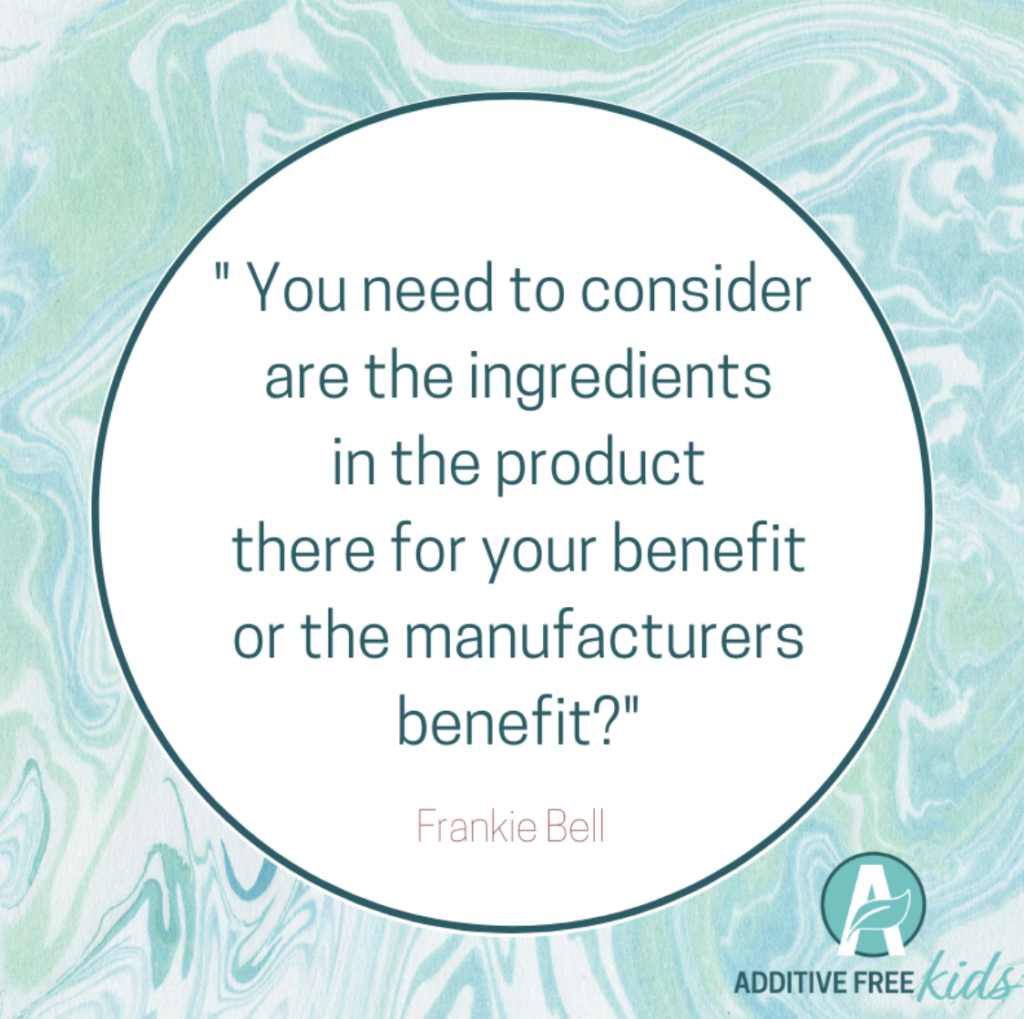
Acidity regulators
Citric acid
Acidity regulator
Malic acid
I found an interesting correlation when looking at these acidity regulators in products. The products that contained acidity regulators also contained the ingredient water. Knowing the two ingredients that are required to make yoghurt are milk and cultures, why would water be included? To cut costs perhaps? For me, this raises the question, if water was excluded from the product, perhaps the acidity regulators could be excluded too?
Let’s get to the rankings
I know that you are eager to see the results. As I have mentioned to the AFK Community already, not all the manufacturers responded to my queries and questions, despite enthusiastic customer service emails initially. Manufacturers that had nothing to hide, were more than happy to field my questions and answer my queries multiple times and quickly!
The following rankings are based on my knowledge and experience with these ingredients and discussions with other manufacturers.
You will see that I have ranked the yoghurt into 4 categories:
Avoid
These yoghurts contain some or all of the following ingredients: flavourings, gums, thickeners, acidity regulators, food colours and milk solids.
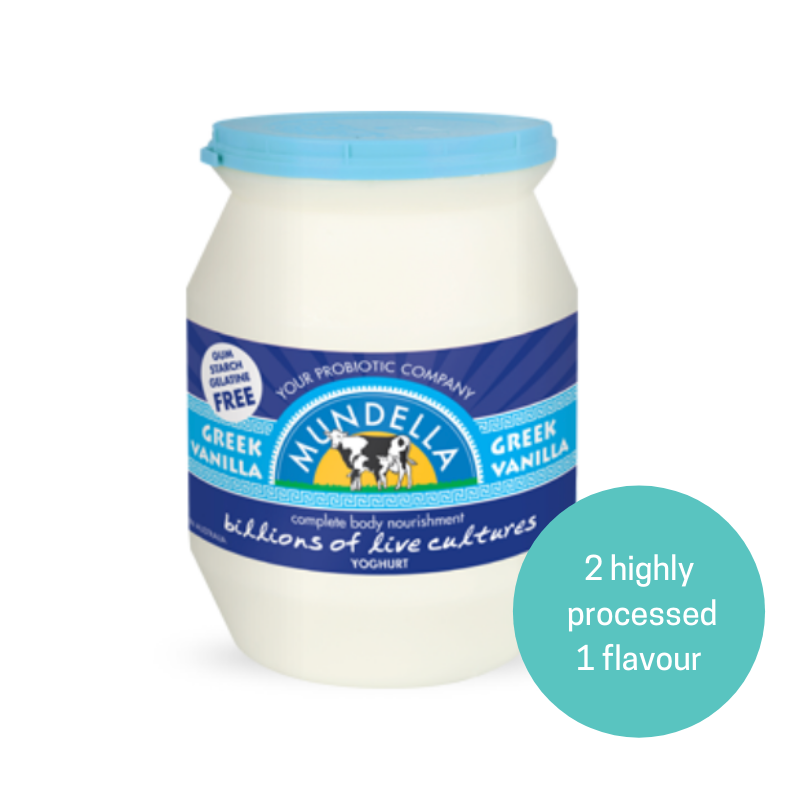
OK
These yoghurts contain some or all of the following ingredients:
gums, thickeners and acidity regulators.
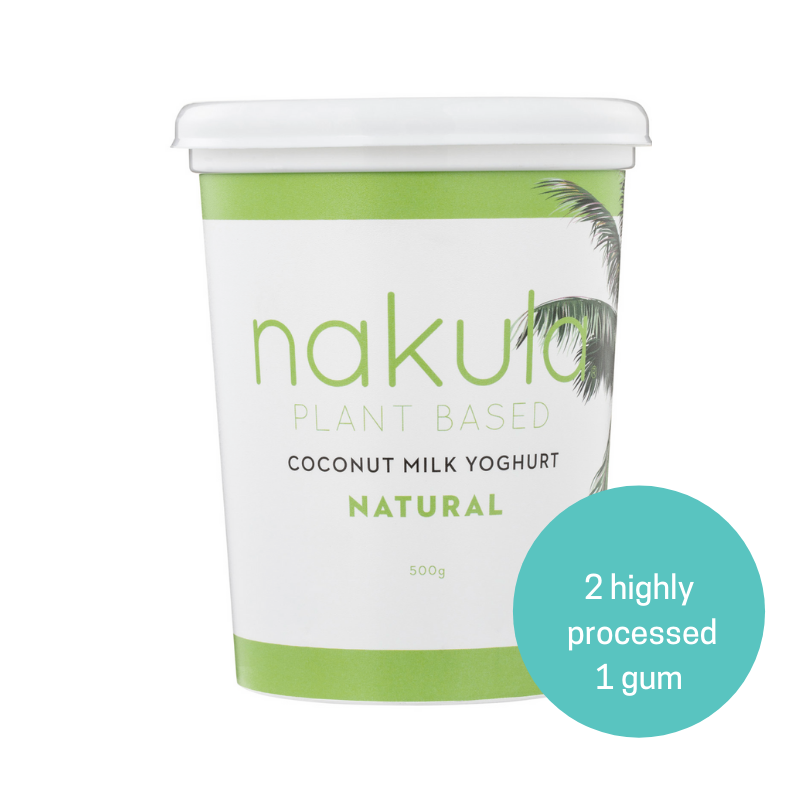
BETTER
These yoghurts contain milk solids or starch (vegan)
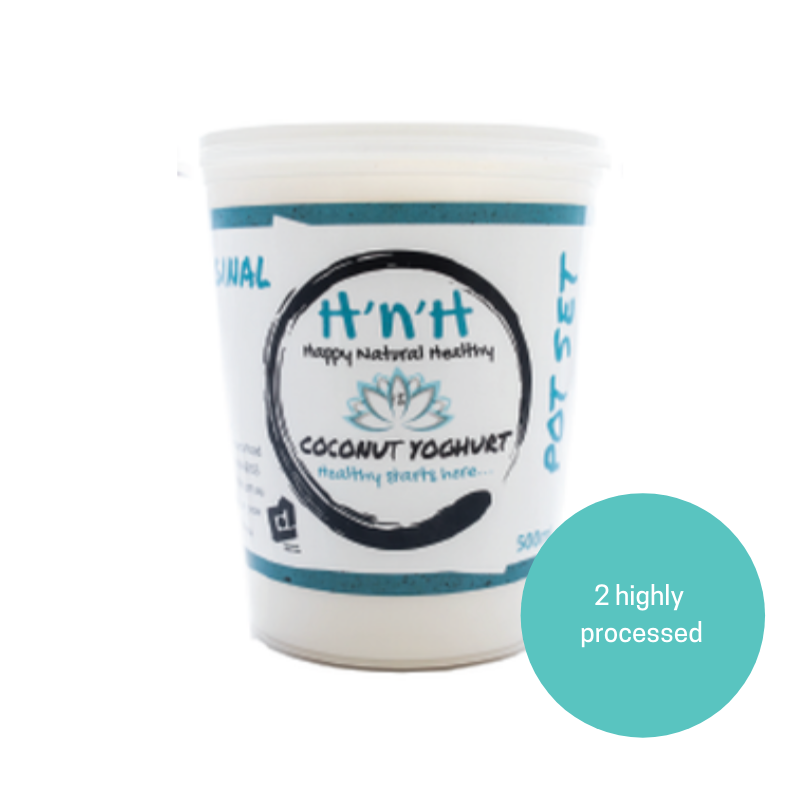
BEST
These yoghurts are clean and completely free of additives and highly processed ingredients.
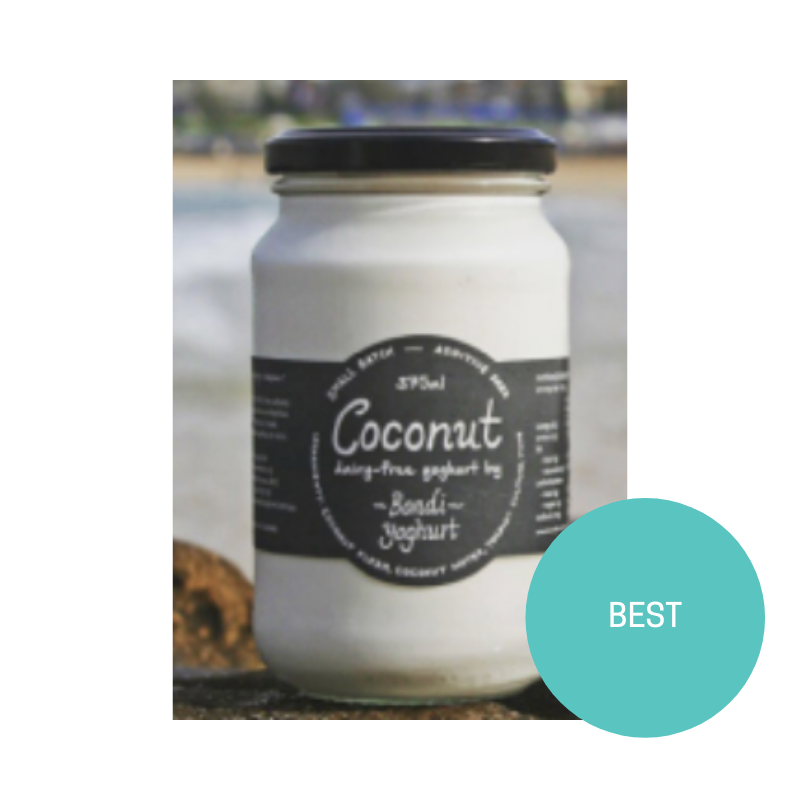
How does your yoghurt rank?
I would love to hear your thoughts….what do you think about the above? Will you be voting with your dollar and buying a different yoghurt going forward?
Is it any wonder that consumers have such trouble navigating the supermarket shelves? The average consumer does not have time to do this. Big food manufacturers rely on this. They know you are time poor.
Here at Additive Free Kids, I want to help empower each consumer to vote with their dollar every day. To help you, I have created the AFK PANTRY RESET coaching course.
This course will remove the overwhelm and fast track your journey to additive free. You can find out more here and join the waitlist.
Which vote will you be making at the supermarket next? If you would like to take a look at other product reviews or blogs, click here.
NOTE:
Manufacturers regularly change their ingredients. For the most up to date information on rankings, ingredients and product reviews, I invite you to join us in the Additive Free Advocates Membership – you can find out more here.
Become an Additive Free Advocate
If you would like extra support with your supermarket choices, with exclusive product reviews monthly, access to the Additive Free Shopping Database, additive free recipes and cooking challenges and Q&A’s, come and join the Additive Free Advocates!
Together the Advocates are empowered to vote with their dollar in the supermarket. This is the quickest way to get change to remove these nasty additives from our children’s food (and for us too!). You can find out more here.

Frankie Bell is the Managing Director of Additive Free Kids, a food coach, mentor and is one of Australia’s leading activists against additives in foods.
Frankie is a mum to 5 boys and has personal experience working through the damaging effects of additives to resolve the multiple health issues and behavioural problems in her own children. It became Frankie’s purpose to help other families achieve the same improvements for their families.
These changes can be overwhelming, especially for time poor parents, Frankie has done all the hard work for families to ensure they have access to additive free food, anytime, anywhere. Additive Free Kids specialises in assisting families to live healthy lives free from additives. See how you can work together with Frankie here.
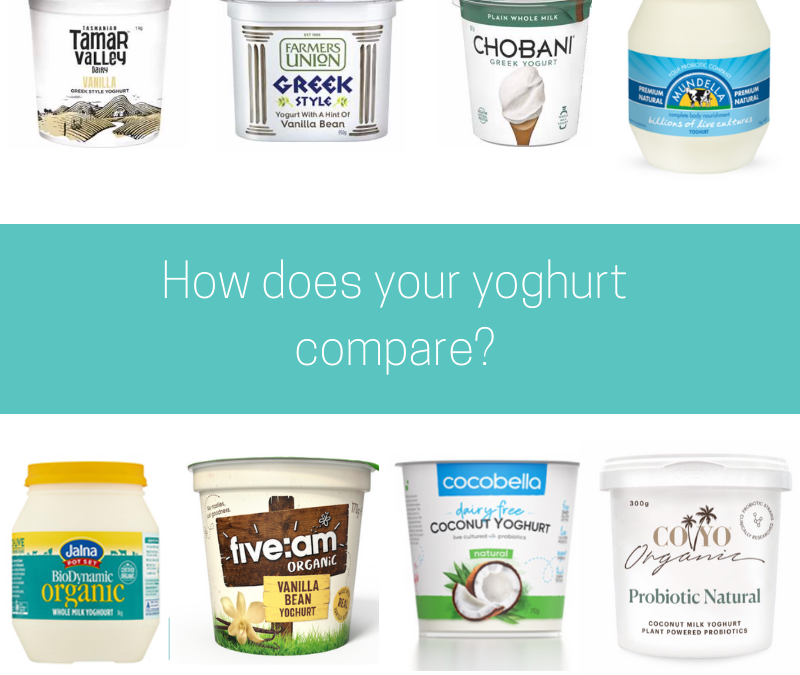
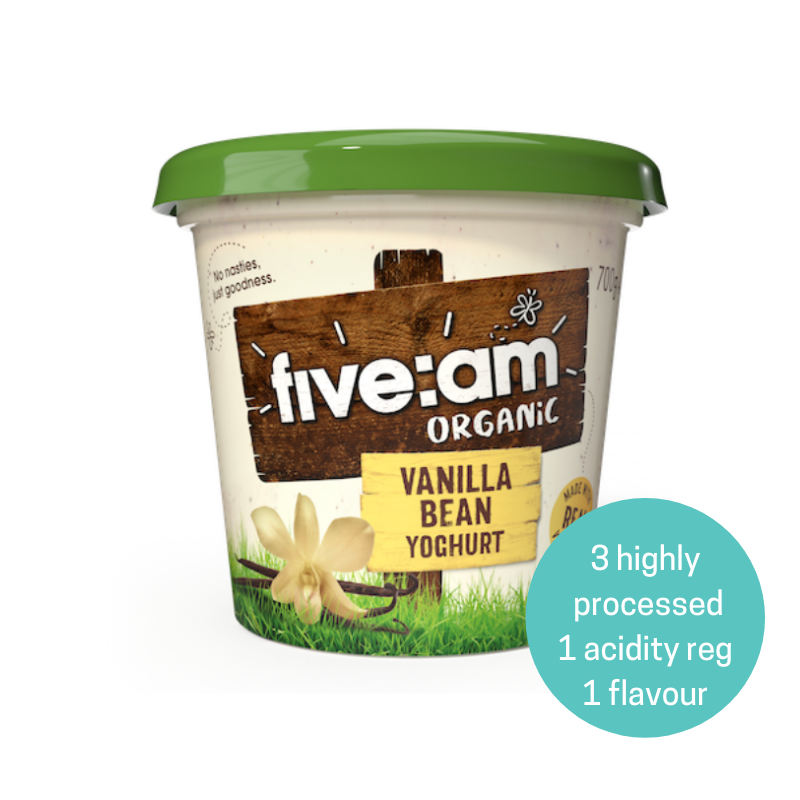
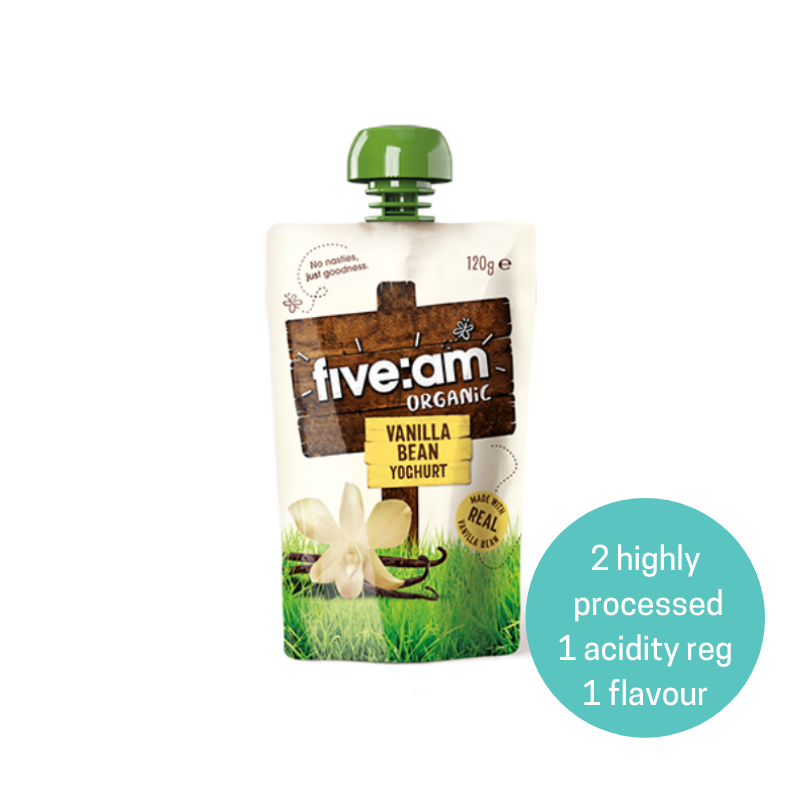
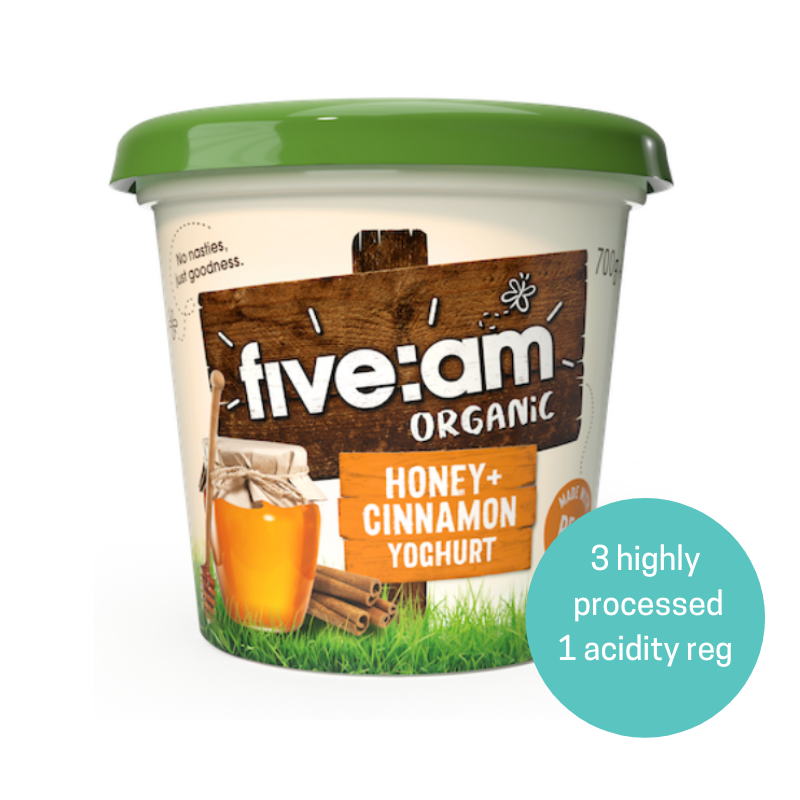


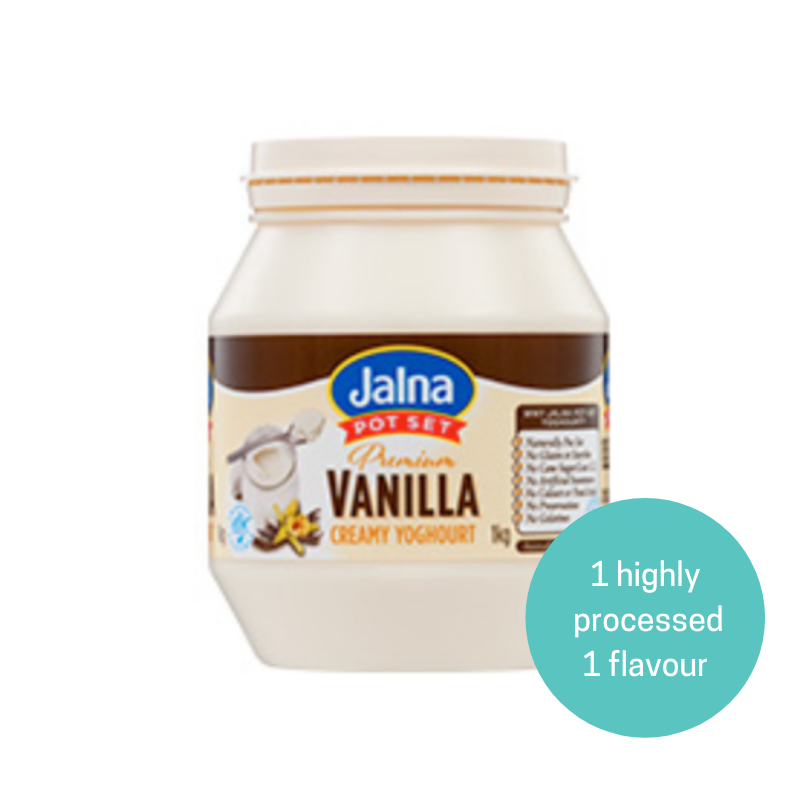


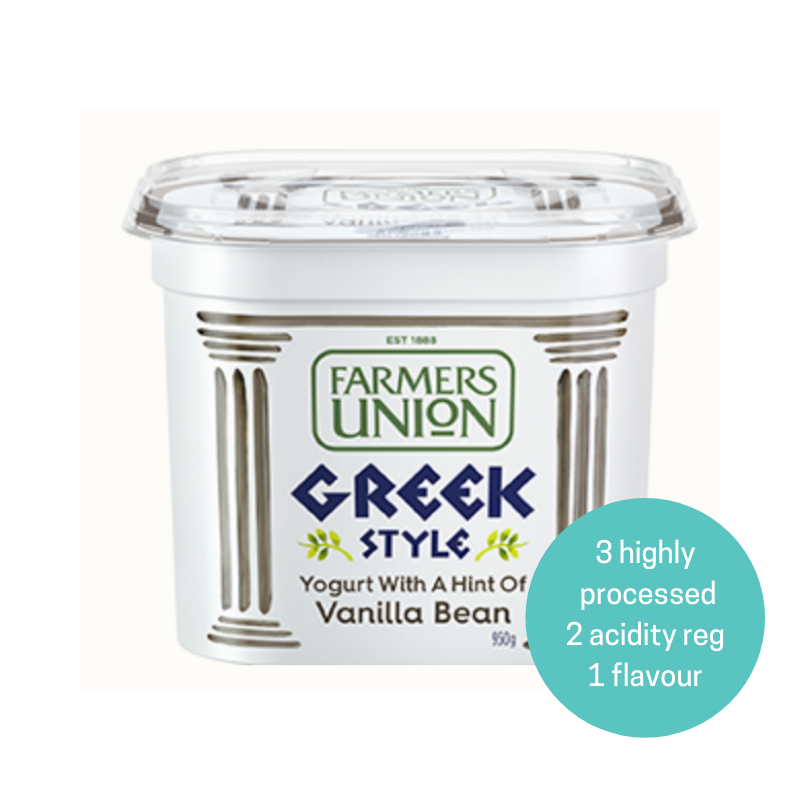

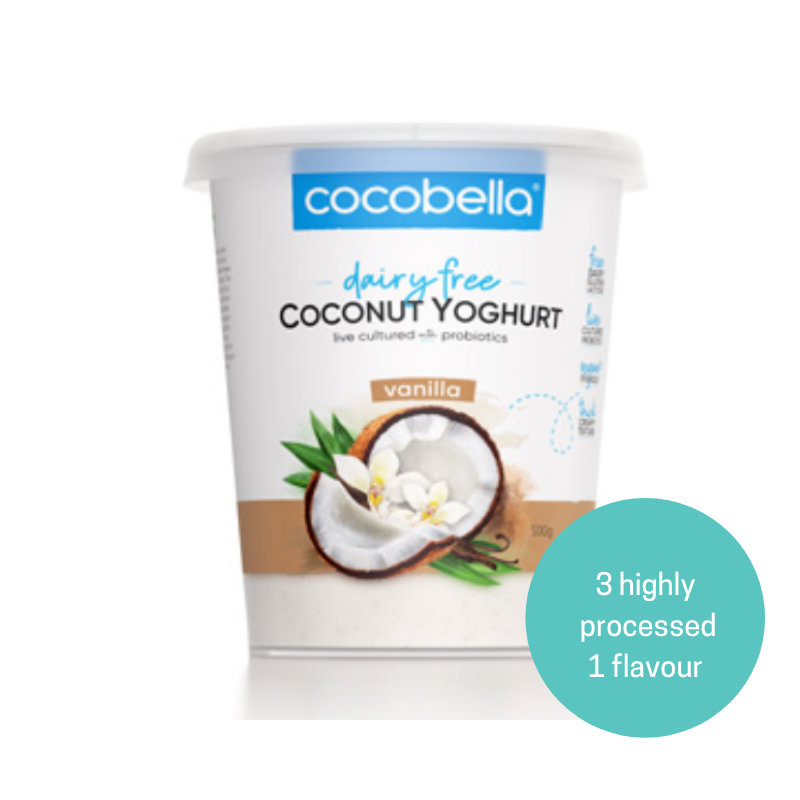
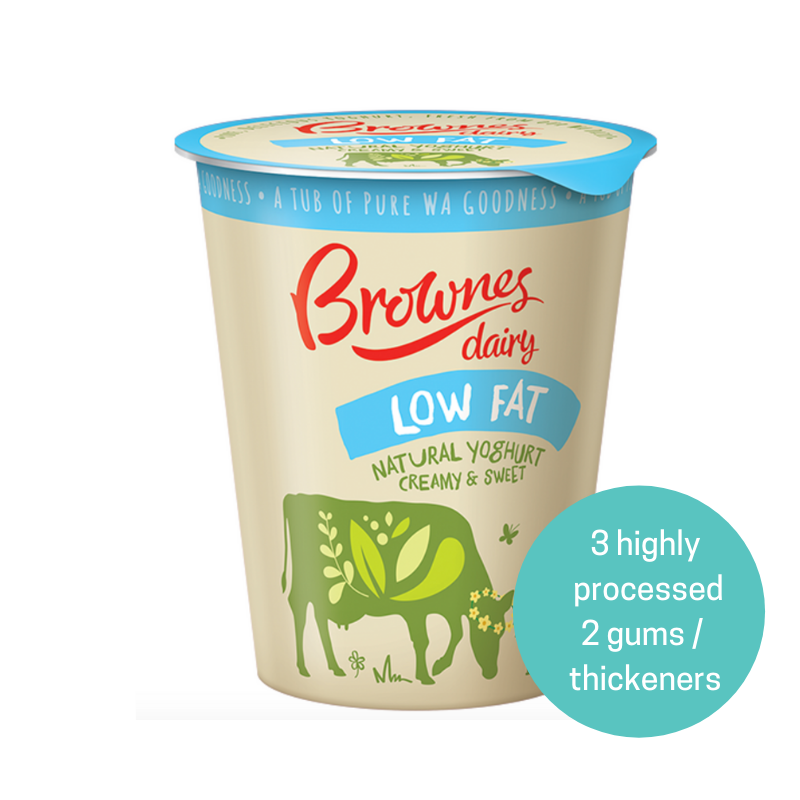

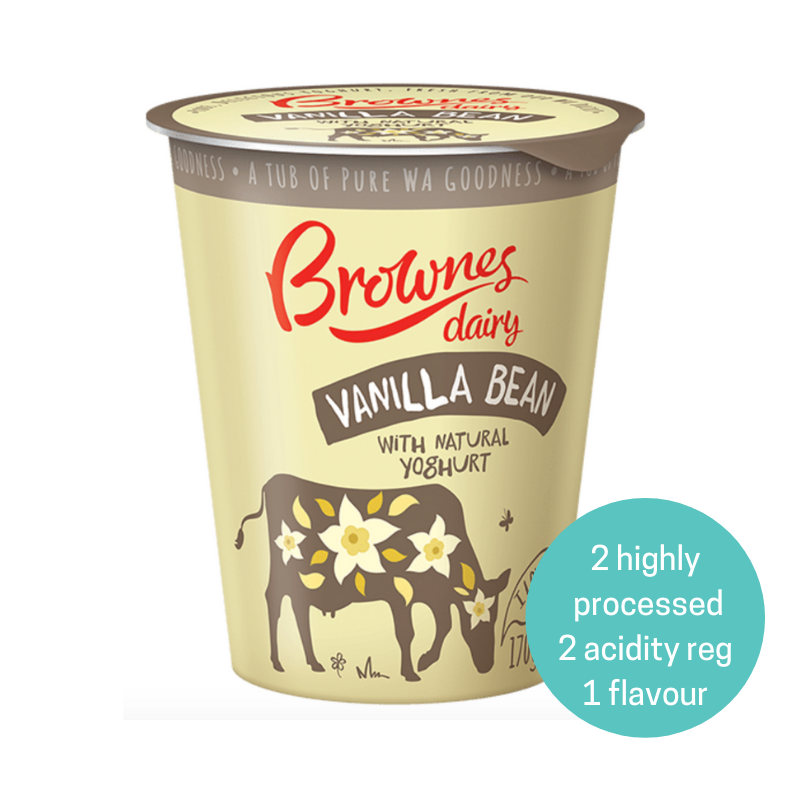
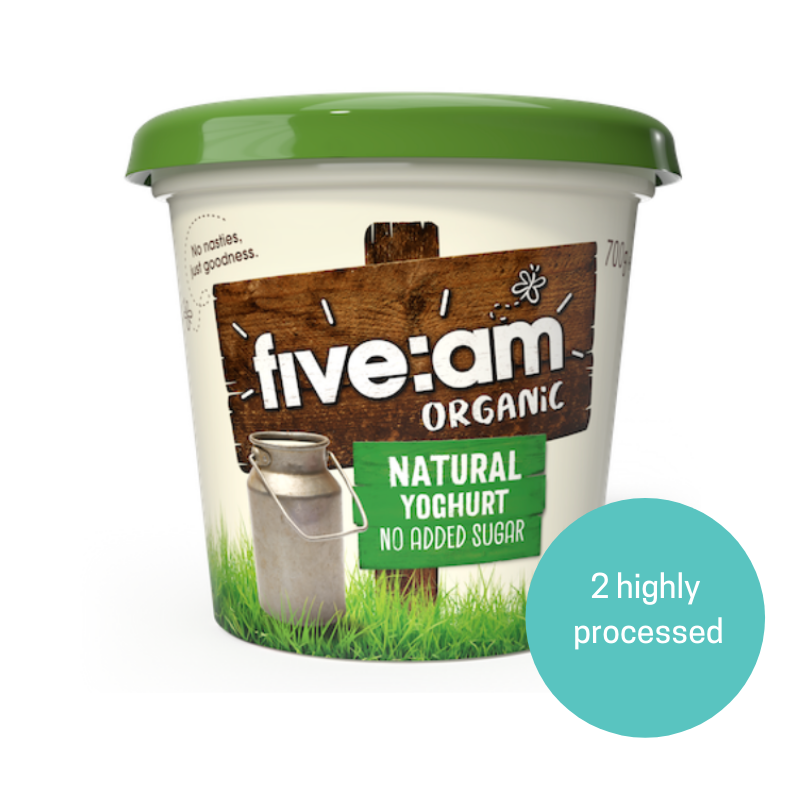


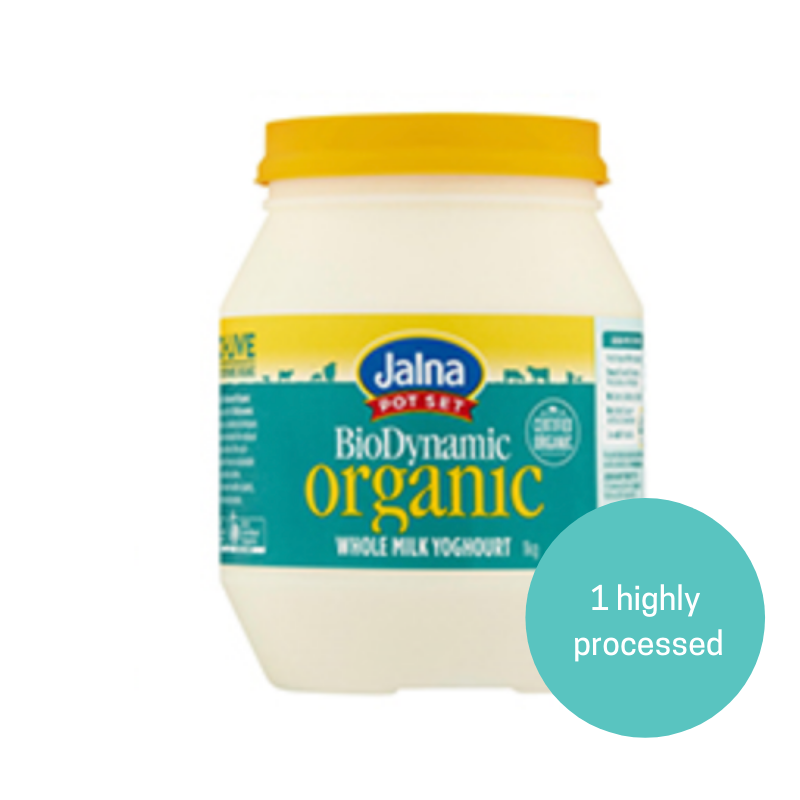
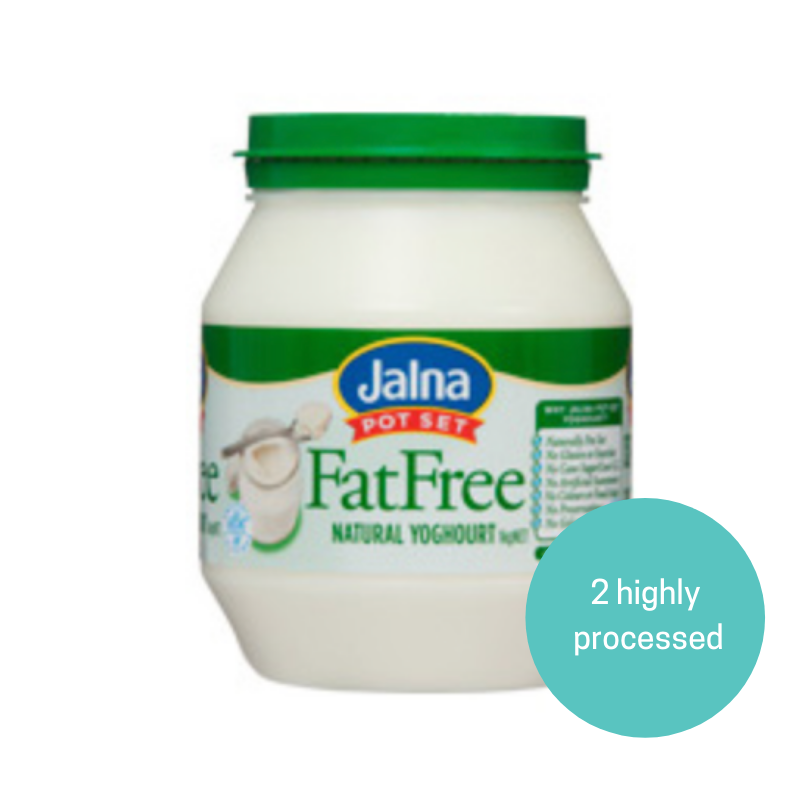









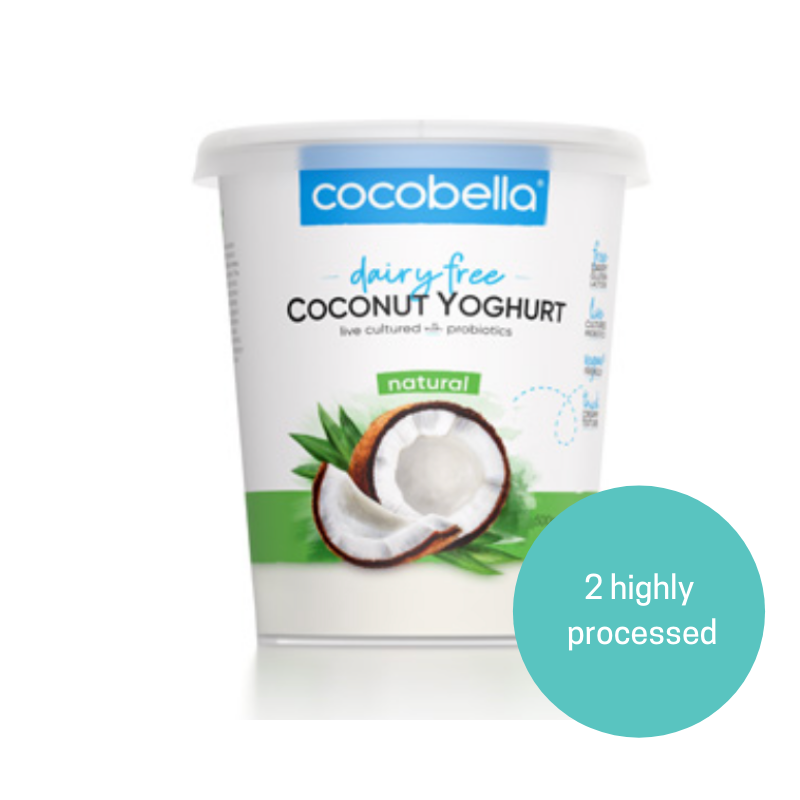
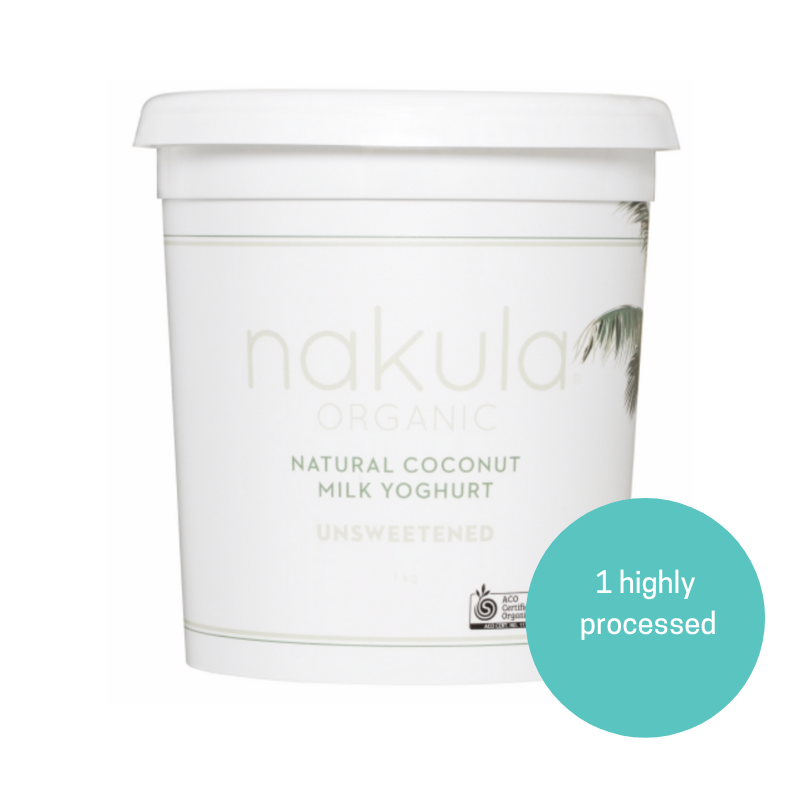
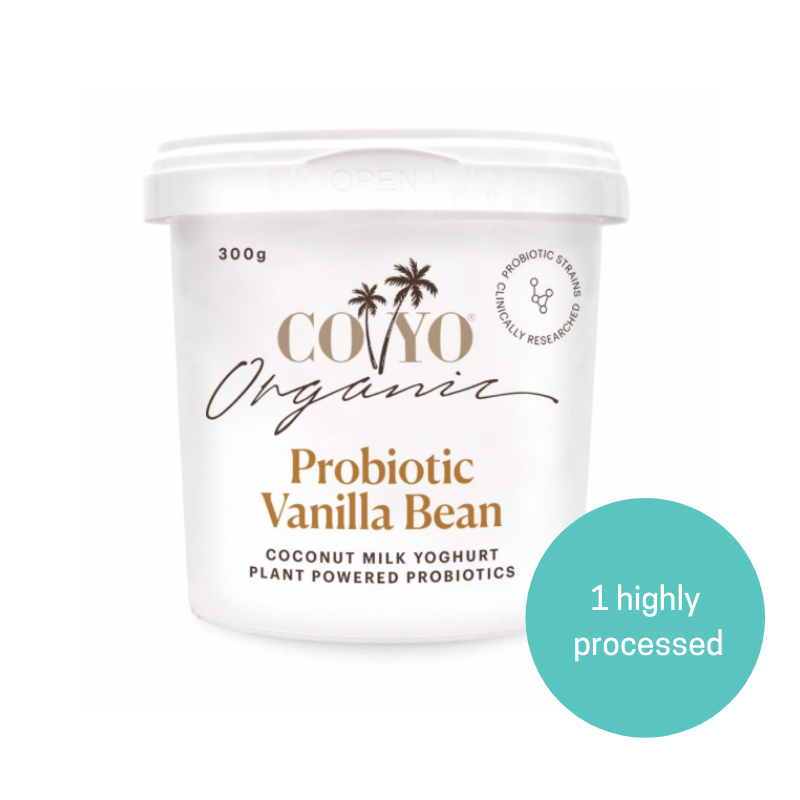


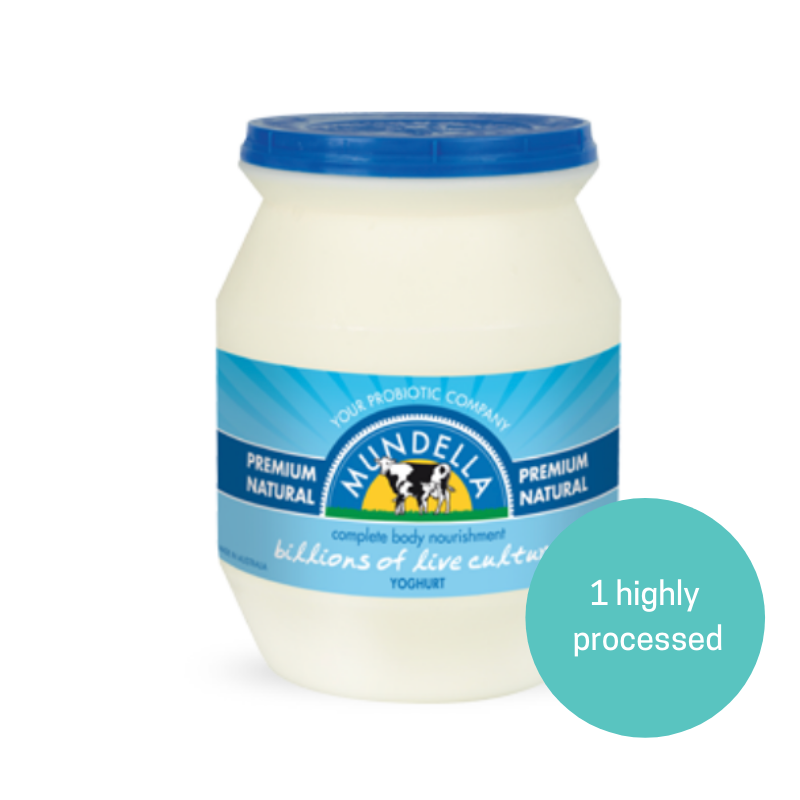


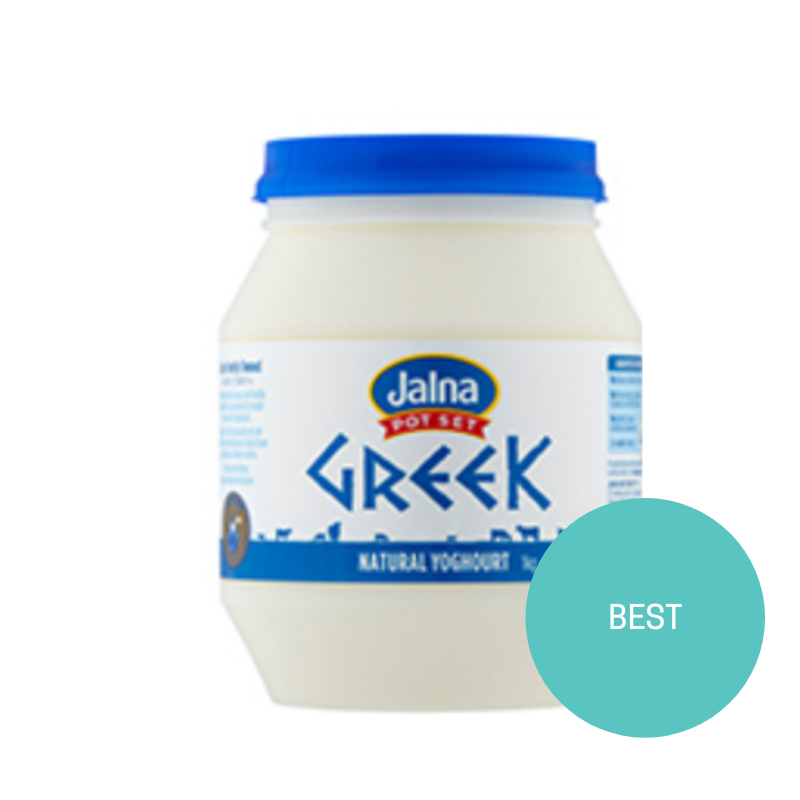
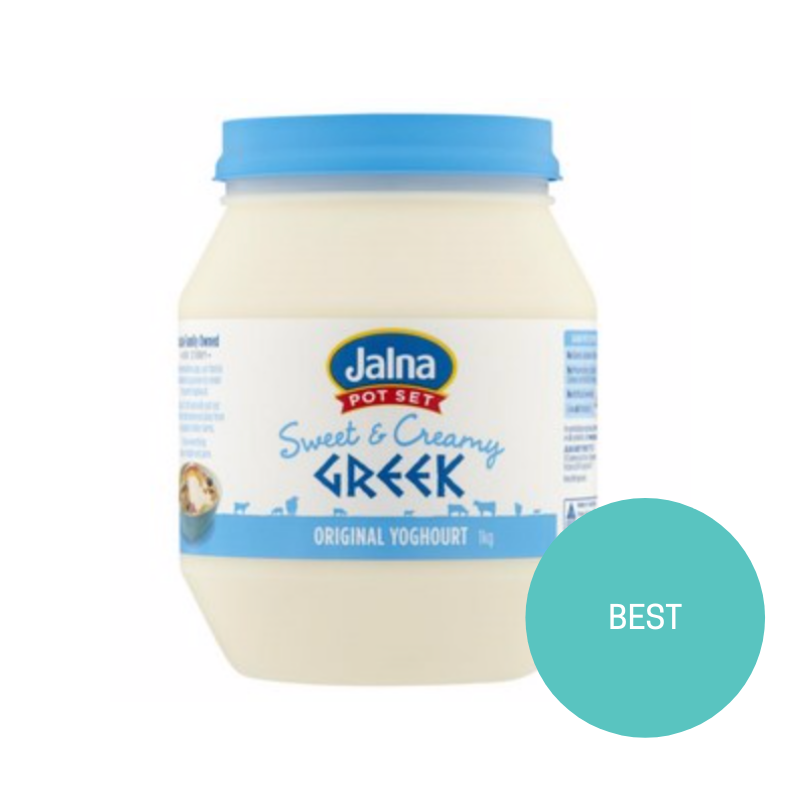
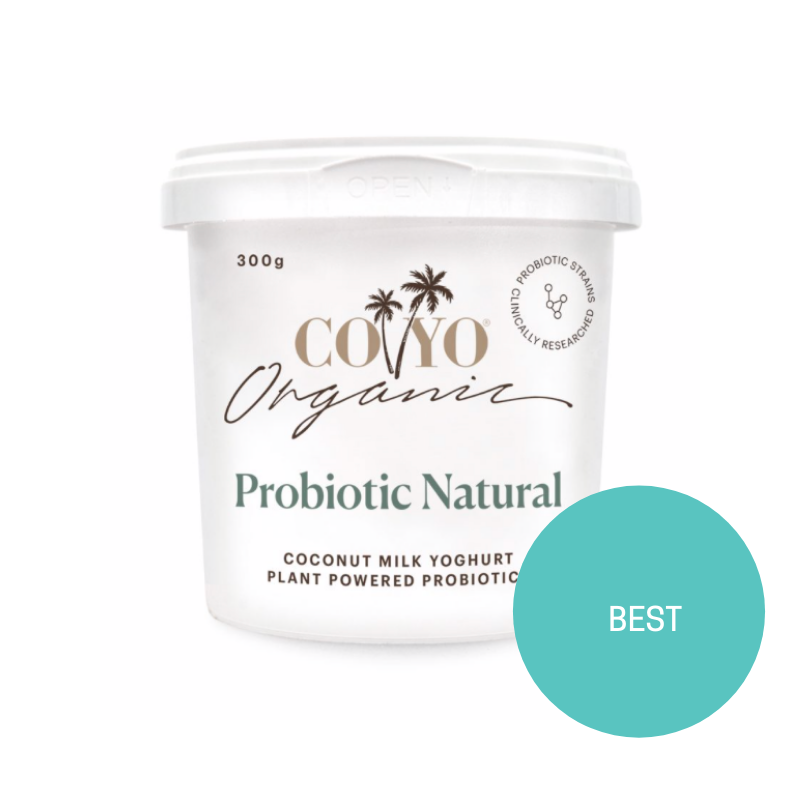
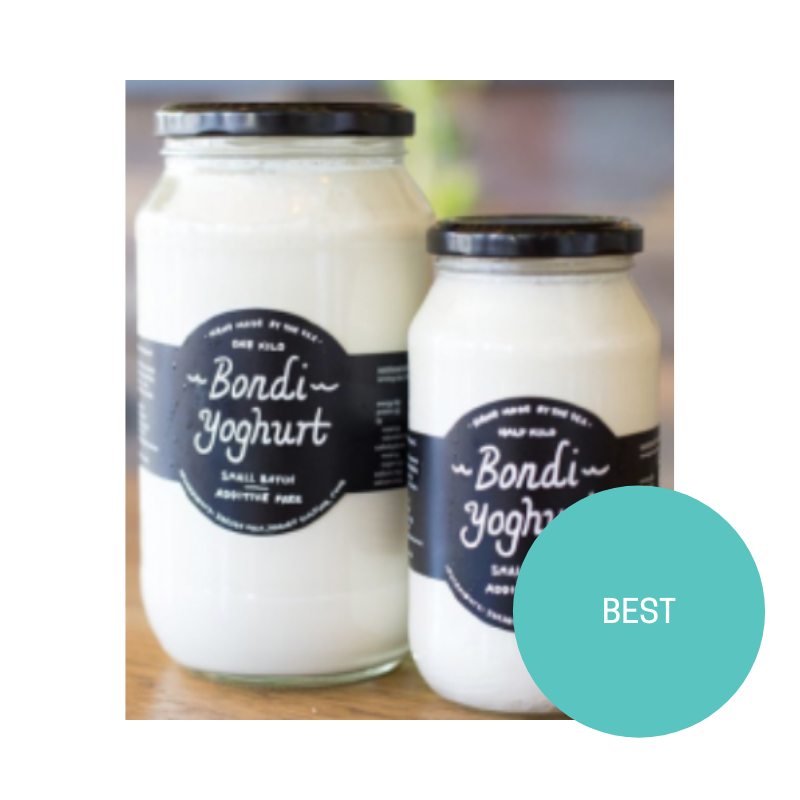
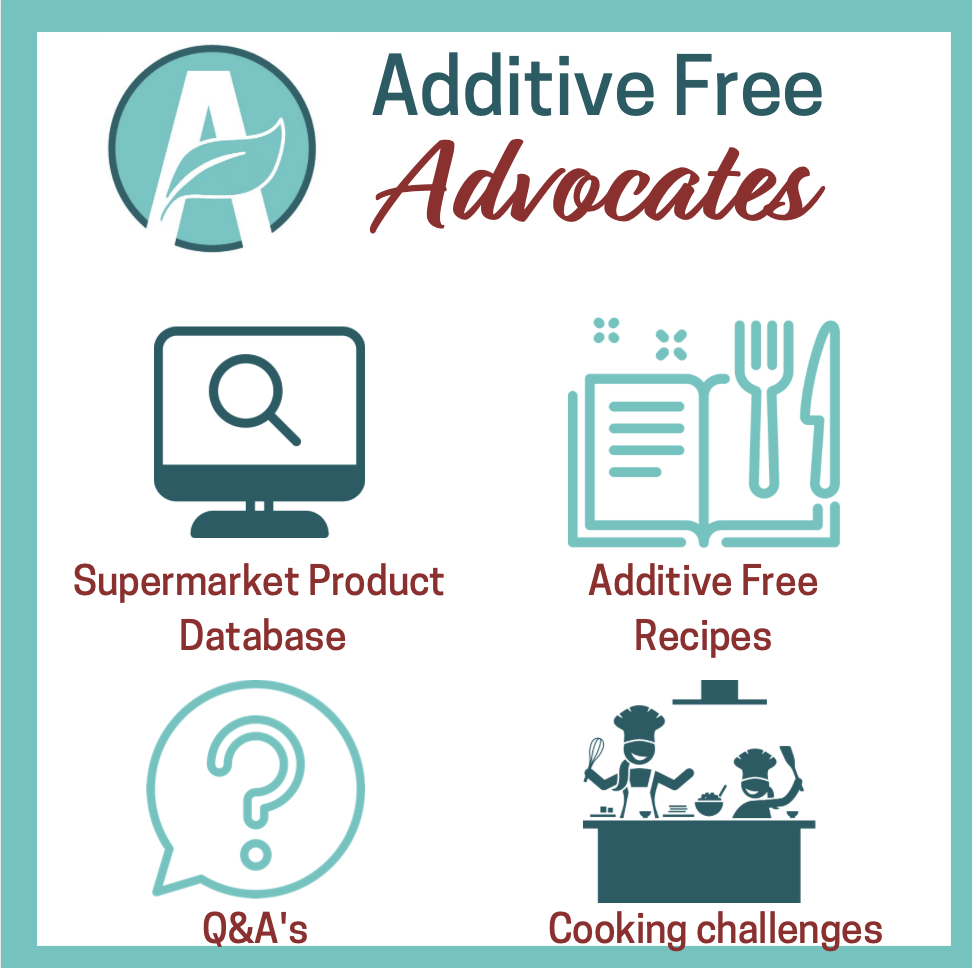
 My passion and mission is to work with families to reduce the overwhelm when going additive free. Moving to additive free living can bring back peace, calm and joy to families. I know it's possible and I've experienced it first hand with my 5 boys.
My passion and mission is to work with families to reduce the overwhelm when going additive free. Moving to additive free living can bring back peace, calm and joy to families. I know it's possible and I've experienced it first hand with my 5 boys.




Wow, very interesting. Thank you for all your hard work.
Thanks for your comment Mandy – you are welcome!
Thank you for your thorough and exhausting search for yoghurts that ‘make the cut.’ Certainly some surprises there.
You are welcome Colleen! Wishing you and your family a very Merry Christmas x
Great article! The yoghurt I normally eat is in the better section but I’ll be looking for ones in the best section. I thought Tamar valley kids were the best! I’ll be looking more closely next time, thank you.
Thanks Sami! You are very welcome x
Hi Frankie,
I just love that you explain it all to us. Not just avoid it, but why you believe we should. I have a science background as well, and I need to know the why (drives my Hubby nuts :), you know I’m like a kid, “”But Why”” ) I have done pretty good with the yoghurt I have been buying, The Tamar Valley Greek style, but now after reading about all the different variables with Milk Solids, I will be voting with my dollar and buying one of the Jalna ones. If our kids want something extra they put some vanilla powder and local honey in it. If they eat it with some fruit they often find it is fine with out the extras.
Again thanks for all your hard work.
Hope you and your lovely family have a great Christmas and avoid these terrible fires in SA.
Merry Christmas
Bec
Hi Bec
Thank you so much for your lovely comment. I am a ‘questioner’ and always have to understand the reasons why (just like you).
Great to hear that the review has helped you making decisions next time you #votewithyourdollar!
We are in WA – hoping it stays fire free! We had a big scare at the beginning of the year – 1 Jan – the fires saved our house.
Very grateful!
Merry Christmas to you and your lovely family.
Frankie
x
Thanks Frankie. That’s terrific and so useful. I’m very happy reaching this info.
We always choose Jalna brand, kg larger round pots which I couldn’t see here but I guess it must be same as the Jalna pot set yoghurt.
I haven’t checked the 1kg….I would expect it would be the same. However, have seen many other manufacturers have different ingredients in different sized products. Always need to check x
Thank you so much for all that you do. I buy the Tamara Valley Greek yoghurt but I’ll definitely be changing to the Jalna one from now on.
Merry Christmas 🎄
You are welcome Silvana. Glad to hear that it was helpful for your family. Merry Christmas to you also x
Thank you so much for such a thorough review of so many yoghurts. I now know my favourite yoghurt is one to avoid. I’ll be buying from the recommemded best section from now on and adding berries or honey as needed.
Thank you for your comment Chantelle. Glad the review has assisted you! x
We recently swapped from Farmers Union to Jalna, as Jalna is Australian owned. I am so pleased to find out it is also among the best when it comes to additive free. Fantastic list – thank you so much.
Thank you for your comment. You are very welcome x
Thank you for your thorough research and breaking it all done .
I will be making a change for sure with a yoghurt on the best list.
You are welcome Joanne! Great to hear you will #votewithyourdollar!
thanks for such a well researched and informative article. we only eat greek yoghurt at home and add our own toppings – fruit or honey – i was a bit dissapointed the yoghurt i thought was pretty good was in the better section – so i will be changing to the best as it is a product i have every day…
Great to hear from you Sharon, thank you for your comment that you will be voting with your dollar!
Thanks for this awesome information. Glad to see our usual Jalna topping the recommendation. Do you have any information on easiyo? We often make the “easiyo natural unsweetened yoghurt base” and use in cooking and sometimes serve to eat.
Thanks for your comments Bethany. Easi Yo wasn’t voted for by the AFK community this time, I haven’t reviewed x
That was so well written and explained, thank you
You are welcome x
WOW! as a newbie this has been a real eye opener, thank you! Looking forward to reading the other blogs x
You are very welcome!
This completely blew my mind. I’ve been buying the five:am organic vanilla bean yogurt for my child thinking this was the healthiest option.
As a consumer, you think the more expensive products are the healthier ones and you have shown once again that this is not necessarily the case. Thank you so much for all the work you have done and for educating us. X
You are welcome Maria x
Unless I buy plain Chobani or plain Yopro I’m starved after eating yogurt like plain Jalna ~ I don’t want to add protein powder.
The plain Chobani lists skim milk, cream and live cultures? That’s it. Is that bad?